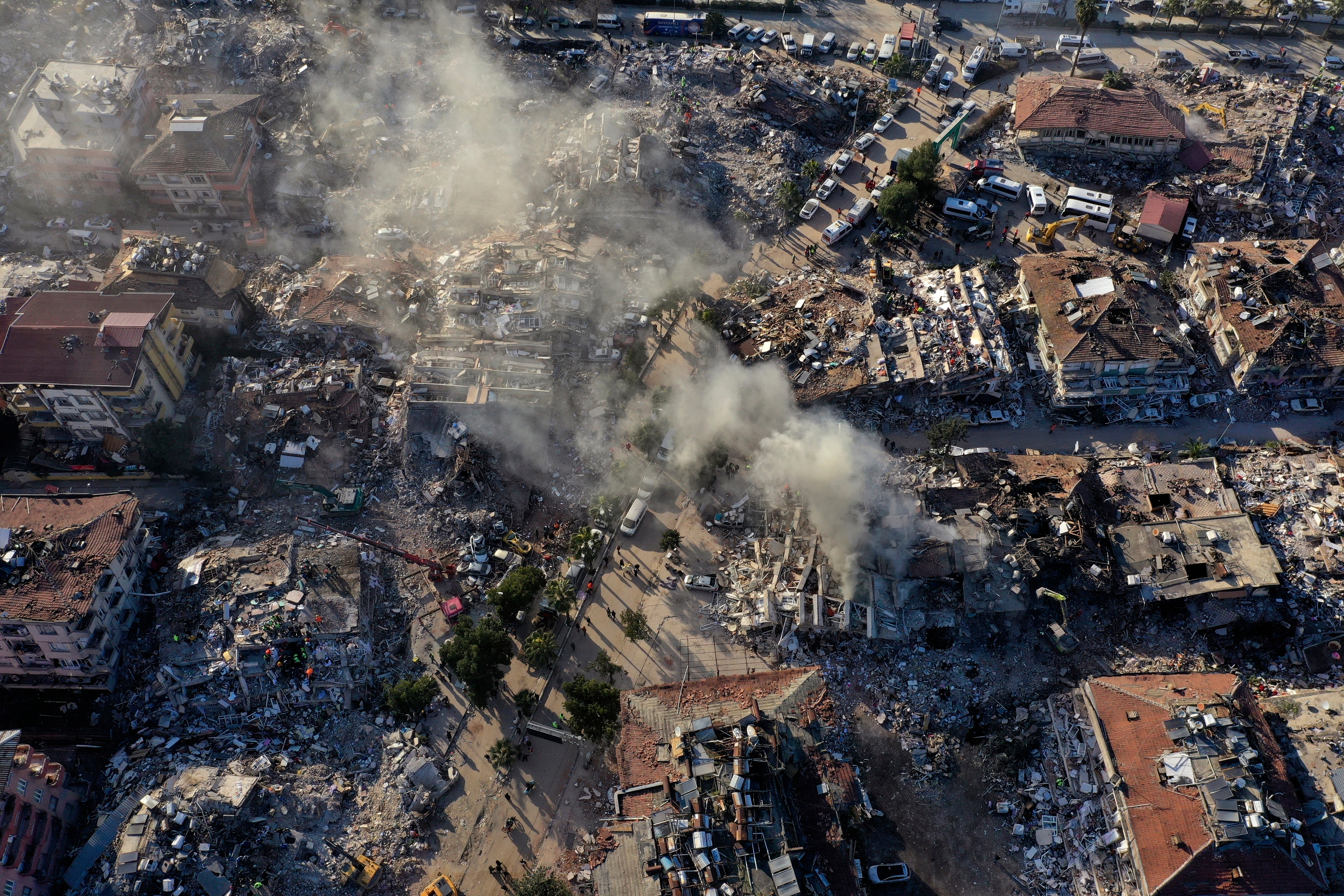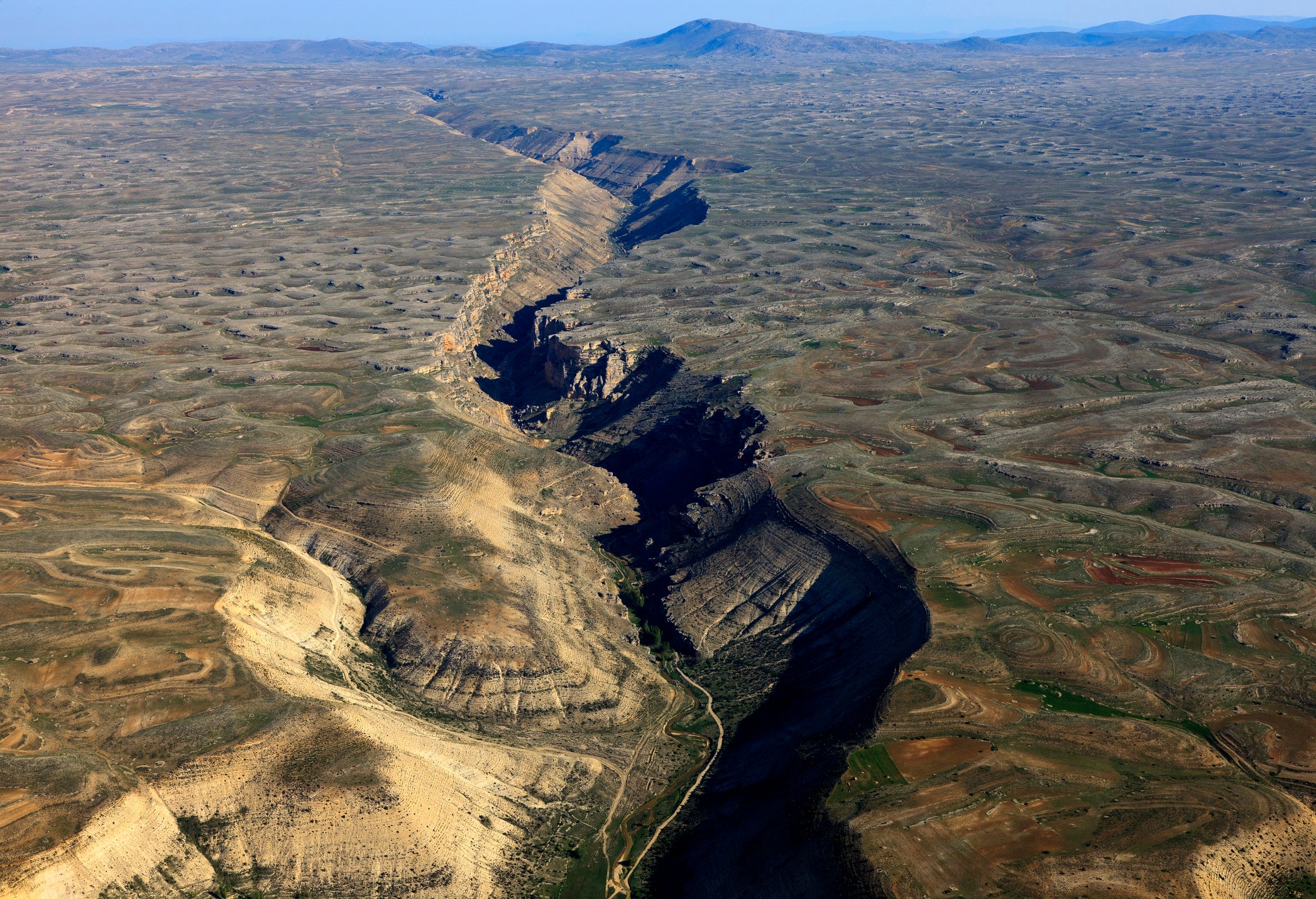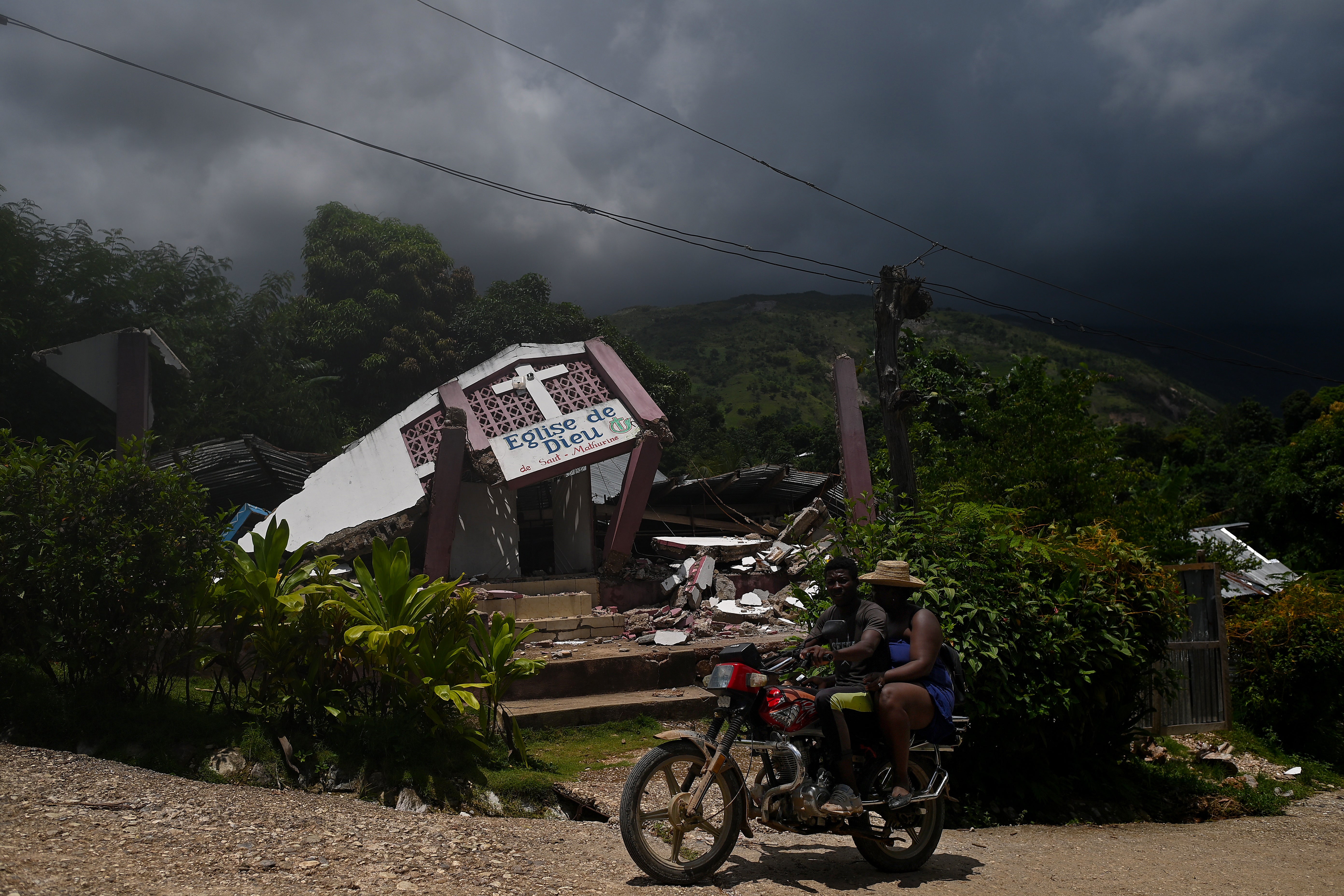Predicting the unpredictable: how scientists plan for earthquakes
The disaster in Turkey and Syria last week highlights dangerous ‘seismic gaps’ around the world, says Carolyn Y. Johnson

When Ezgi Karasozen received an email alert about a massive earthquake in southeastern Turkey, she burst into tears. Karasozen is an earthquake geologist who lives in Colorado but she grew up in the Turkish capital of Ankara, and she’s studied the earthquakes in her home country in detail. She instantly knew that a 7.8 magnitude quake meant devastation.
Most seismologists have a shortlist of places in the world that they worry about – hotspots where any news of a major temblor is a pit-of-the-stomach moment. These concerns are especially true in so-called seismic gaps, segments of known fault zones that haven’t ruptured in an unusually long time – long enough that people may have let their guard down.
The East Anatolian fault that ruptured this week in Turkey, for example, was well known to scientists and government officials, but it had not caused a catastrophic earthquake in at least the last century. Turkey has implemented building codes to protect against earthquake risks, but last week’s tragedy highlights a long-standing concern among scientists that it isn’t being enforced rigorously enough.

For geoscientists, much of the death and destruction from big quakes is preventable with better building practices. Tragedy can be anticipated with Cassandra-like clarity. But human behavior and investment is often motivated by experience – things that have happened in our lifetimes, or within a few generations. So even when building codes are implemented to safeguard the population, more immediate problems can move to the forefront, which means corners may be cut, and older structures might remain vulnerable.
“I think that’s what’s so nefarious about earthquakes. A particular fault can easily wait many generations and do absolutely nothing – and in matter of seconds to minutes, all hell breaks loose,” says Harold Tobin, a seismologist at the University of Washington. “It’s quite normal for a fault to go several hundred years between earthquakes, so there’s no human recollection of it.”
There are all these sleeping giants in the world that are accumulating stress and strain more slowly, and we don’t focus as much attention on them just because they are not quite as in-your-face
In addition, the human tendency to want to predict specific hazards may inadvertently put others in a blind spot. For years, scientists have been predicting the “Big One” somewhere along the San Andreas fault in California. There have been several 7 magnitude earthquakes in California since the 1990s, but not on that fault.
“We spend a lot of time thinking about those places, because that patch seems locked, loaded and ready to go. When might it break?” says Wendy Bohon, an earthquake geologist based in Maryland. “But there are all these sleeping giants in the world that are accumulating stress and strain more slowly, and we don’t focus as much attention on them just because they are not quite as in-your-face, even though we know they are areas that have high seismic hazard.”
Turkey is a seismically active hot zone, located at a junction where three pieces of Earth’s crust are squeezing against each other. For years, a different fault in Turkey – the North Anatolian fault – has gotten the lion’s share of scientific attention. Large earthquakes have marched westward along the fault, leaving an obvious seismic gap beneath the Sea of Marmara dangerously close to Istanbul, one of the world’s most populous cities.
Scientists have calculated and recalculated the likelihood of a massive quake there in the next few decades, often saying it’s when, not if, catastrophe will strike.

By contrast, the East Anatolian fault had experienced a more modest handful of 6 magnitude earthquakes during the relatively brief era of modern seismic monitoring, which started in the 1960s. In 2020, Karasozen and a team of scientists published a detailed study of a 6.8-magnitude quake caused by a rupture in the fault, also highlighting historic earthquakes along the fault in the late 1800s that had been reconstructed from damage patterns and reports of shaking.
This week’s 7.8 magnitude earthquake was therefore entirely expected, but also a little surprising to scientists because it was so massive, packing a more powerful punch than anticipated. Earthquakes are measured on a logarithmic scale, which means the difference between a 6.8 and a 7.8 is bigger than it sounds. One whole number increase on the scale creates seismic waves with 10 times the amplitude, releasing 32 times the energy.
“We knew the potential of this fault,” Karasozen says. “We knew how deadly it could get.”
But even scientists who draw on seismological data, historical and indigenous accounts and paleoseismology studies can sometimes see patterns clearly only after a quake has occurred.
“Sometimes the earthquake is bigger than you expect,” says Michael Steckler, a geophysicist at Columbia Climate School’s Lamont-Doherty Earth Observatory. He notes that in Tohoku, Japan, there was a baseline expectation of a 7 to 7.5 magnitude earthquake, but in 2011 a 9 magnitude quake caused a tsunami and widespread devastation. “In retrospect, it now turns out that area has a magnitude 9 about every thousand years.”
Even though scientists cannot predict or prevent earthquakes, they do know how to prevent deaths – which is what makes it so painful to see these events in different parts of the world.
“The old saying is: earthquakes don’t kill people, buildings kill people. It’s heartbreaking, especially when you see a building that was built properly holding up and the one next door is completely collapsed,” says Tom Parsons, a geophysicist with the US Geological Survey.
Damage is expected after such large earthquakes. But the type of damage (floors piled up on each other) should not have taken place
What may cause scientists the most anguish is that even when building codes exist, people remain at risk because regulations may not be followed or enforced.
Mustafa Erdik, who founded the department of earthquake engineering at Bogazici University in Istanbul, says that problems in Turkey lie in the “degree of conformity with the code”.
“We use building codes that reflect the state of engineering,” Erdik says. “Damage is expected after such large earthquakes. But the type of damage (floors piled up on each other) should not have taken place.”
On Twitter, Karasözen shared a recent real estate listing on social media from Malatya, Turkey, that stated a property was in compliance with earthquake standards. That building crumbled this week.
“As geoscientists and engineers, WHAT CAN WE DO MORE?!” she tweeted.

Which areas of the world scientists worry about most varies. Bohon holds special concern for Haiti, where population density, seismic risk and vulnerable building stock can have catastrophic consequences – the country has been hit twice by major earthquakes since 2010 and is still recovering. Tobin sees major risks in Kathmandu, which experienced a 7.8 magnitude earthquake in 2015. Steckler is worried about a major quake in densely populated Bangladesh.
And Karasozen thinks often about Turkey, but also Iran, where there are similar fault systems. Her work has focused on filling in gaps in crucial data that are needed to understand active faults.
Normally after a quake in Turkey, Karasozen checks in with family and friends and then dives into the science, immersing herself in the physics of seismic wave propagation, postseismic deformation, aftershocks. She’s proud that her work can help her home country.
This time, she can’t bring herself to look at the data yet. She’s putting her energy into fundraising, instead. “Of course it’s an interesting earthquake,” she says. “This one is different. Seeing all of the tweets [from people trapped] under the rubble. It’s just too much.”
© The Washington Post






Join our commenting forum
Join thought-provoking conversations, follow other Independent readers and see their replies
Comments